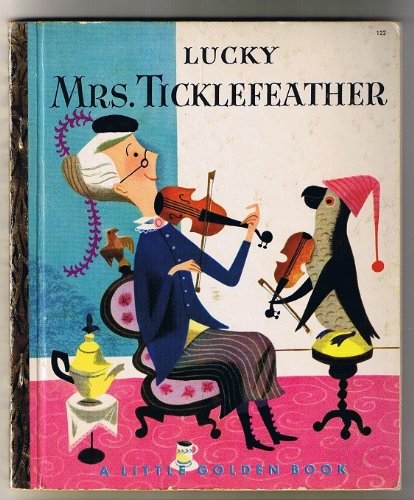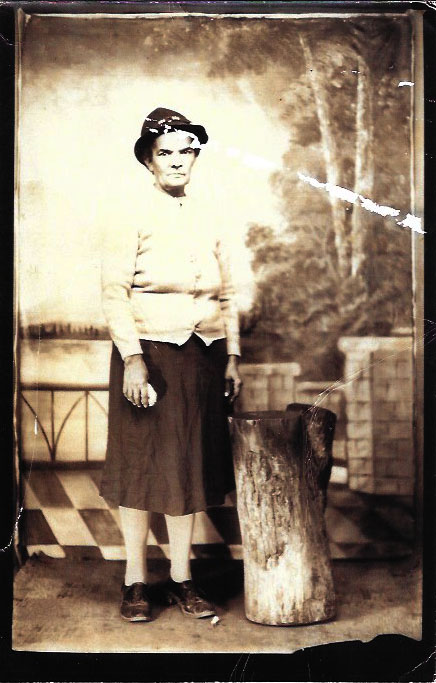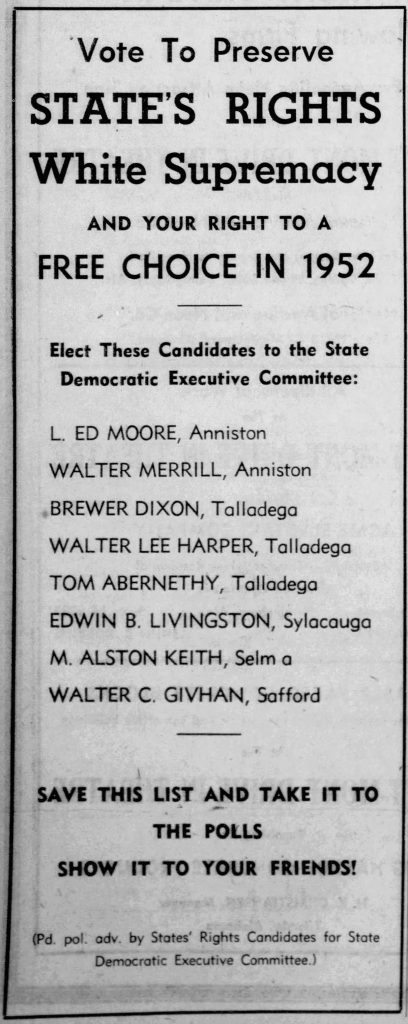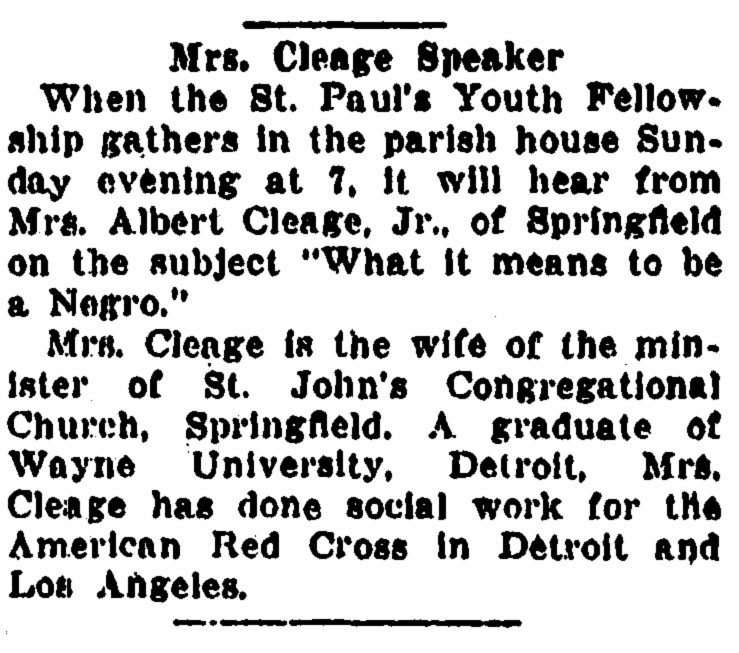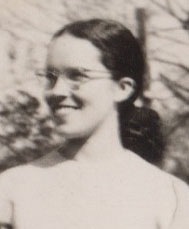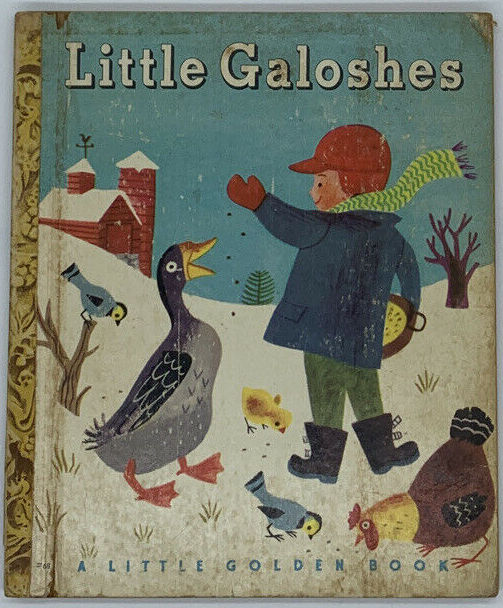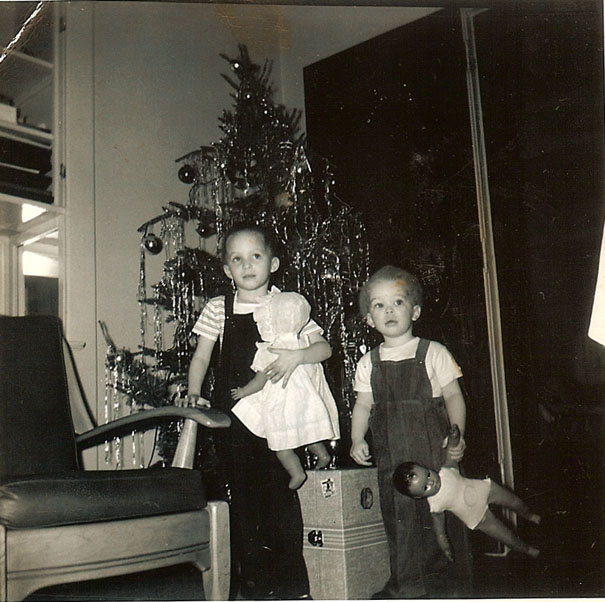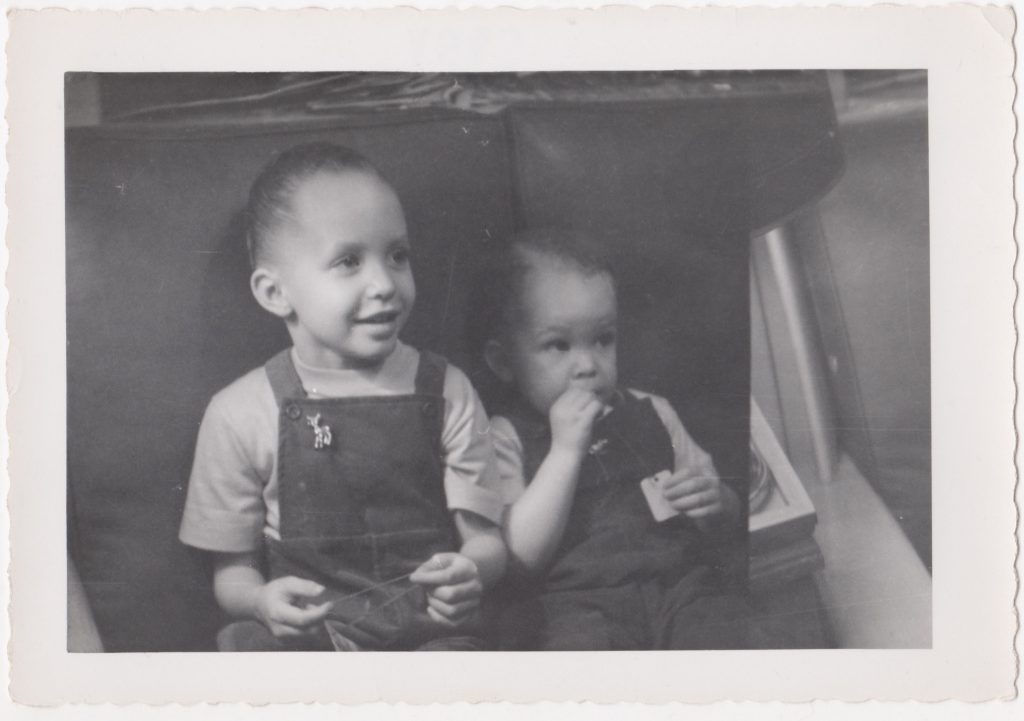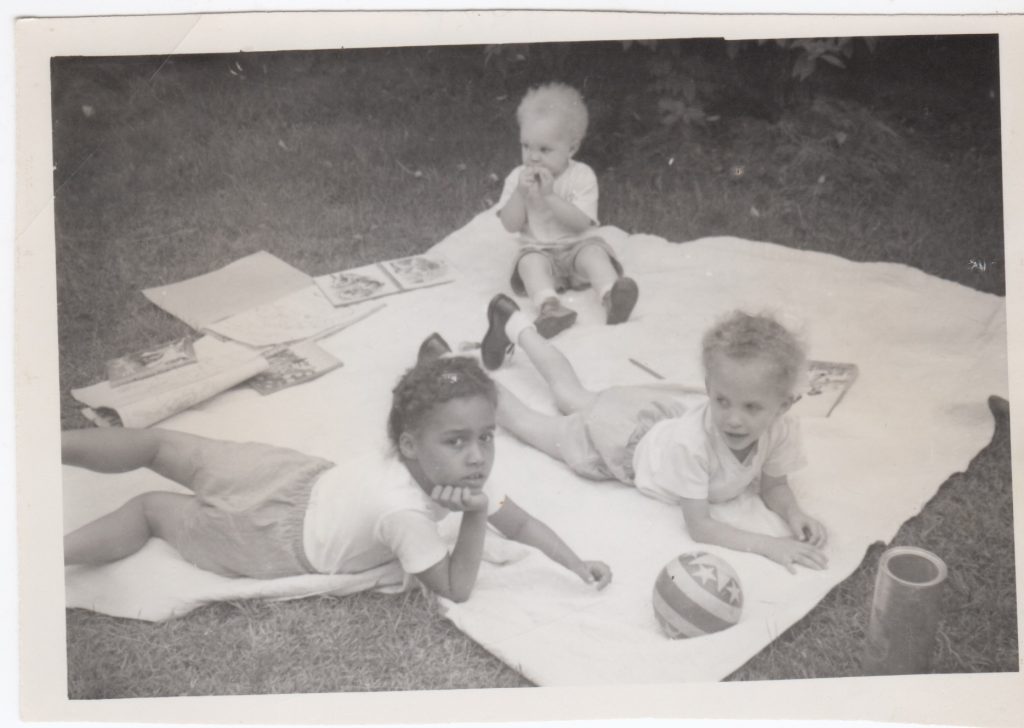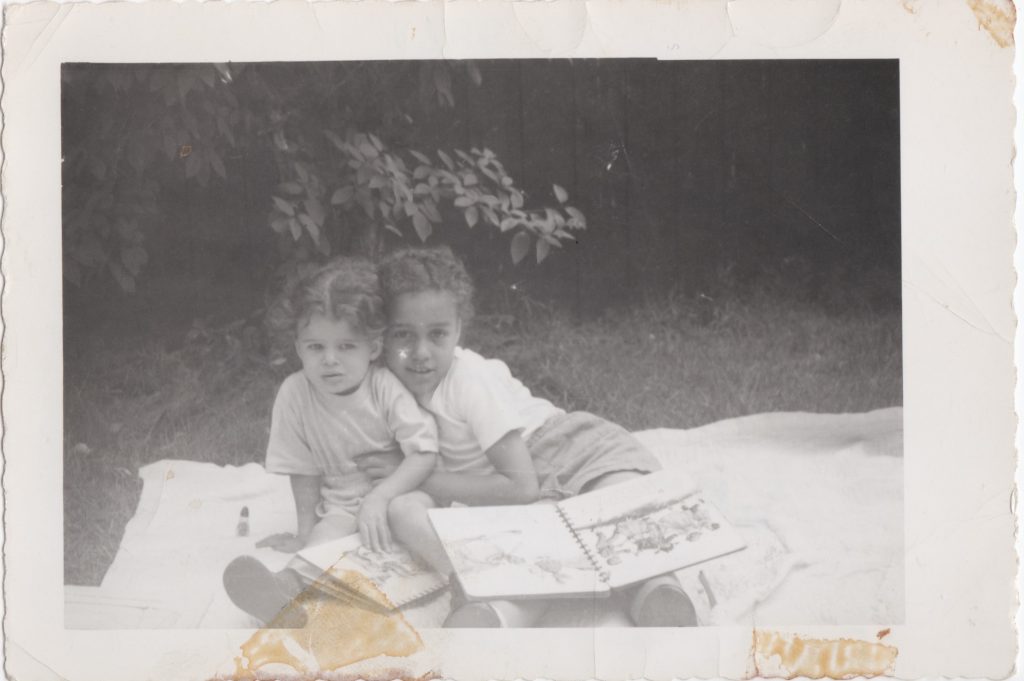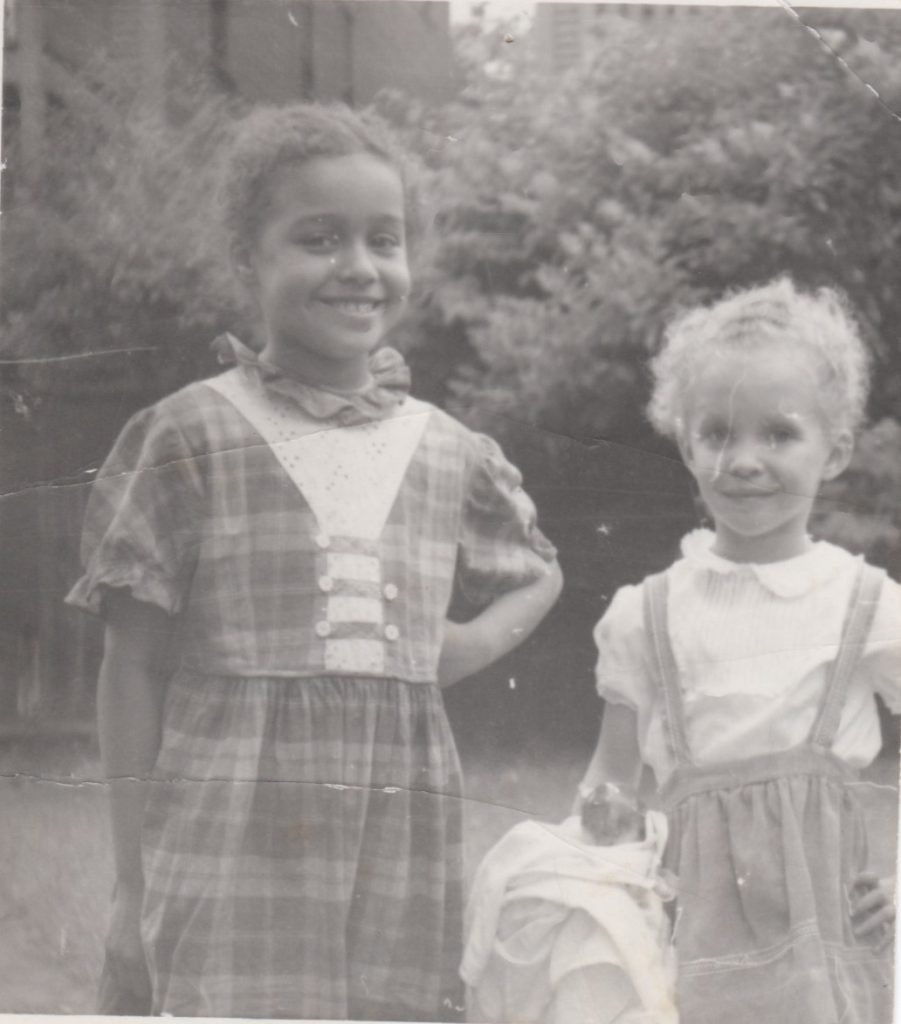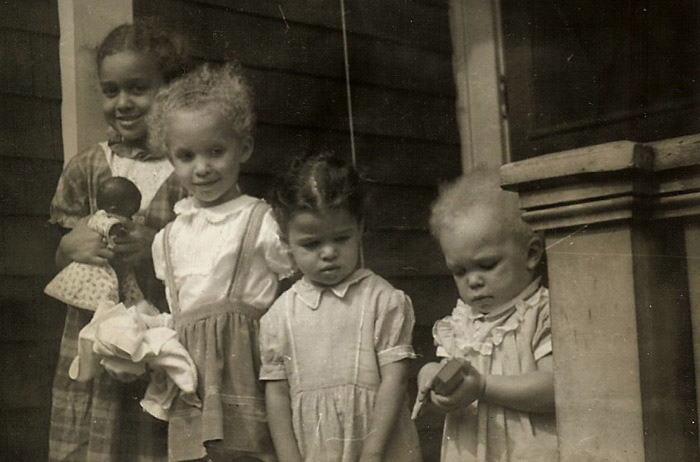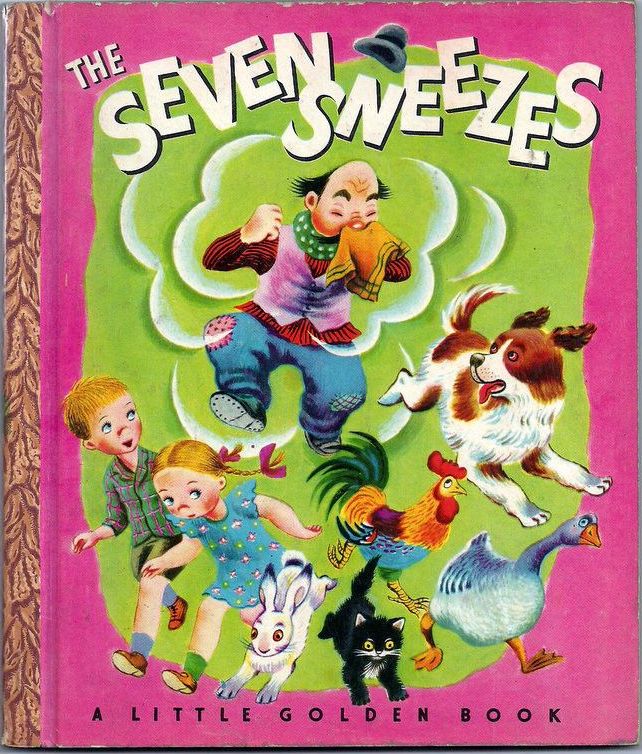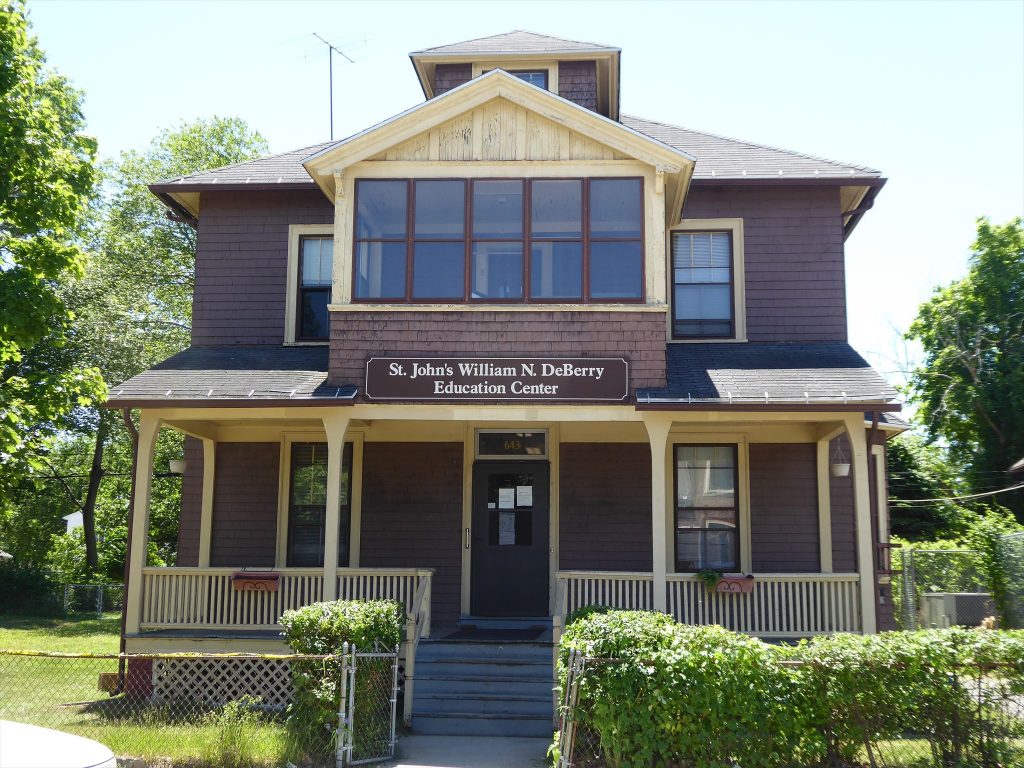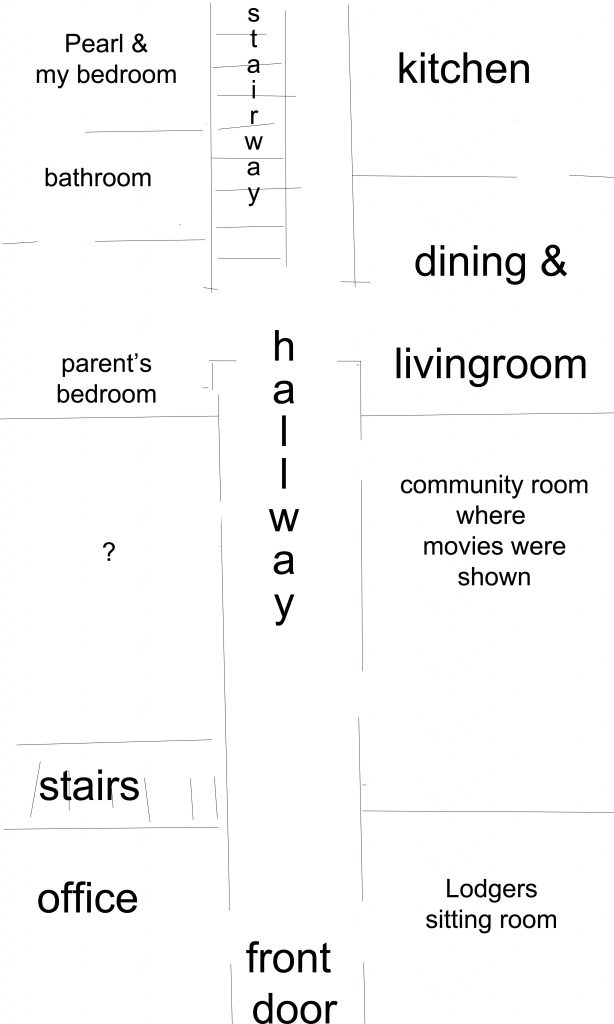All posts by Kristin
Annie Graham in the 1950 Census
Annie Graham was the only one of my grandfather Mershell’s five siblings alive for the 1950 Census. She was also the only one who never left Elmore County, Alabama. I have not been able to find her in the 1940 US Census. In 1950 she was listed as the head of the household, 61 years old, a widow and unable to work.
Living with her was her youngest son 28 year old Joe Jackson and his new wife 21 year old Ethel. Joe worked as a janitor at a church. He had worked 40 hours the previous week. Ethel was keeping house. All three members of the household were listed as Negro and were born in Alabama.
In 1950 in Alabama, including Elmore County, black people were denied the right to vote. Schools were still segregated. The bus boycott that desegregated buses in nearby Montgomery took place in 1955. Schools were desegregated in 1965, 9 years after the Brown vs. Board of education decision declared segregated schools unconstitutional. Voting rights weren’t won until the Voting Rights Act of 1965. Annie Graham died at 79 in 1964. She never had a chance to vote.

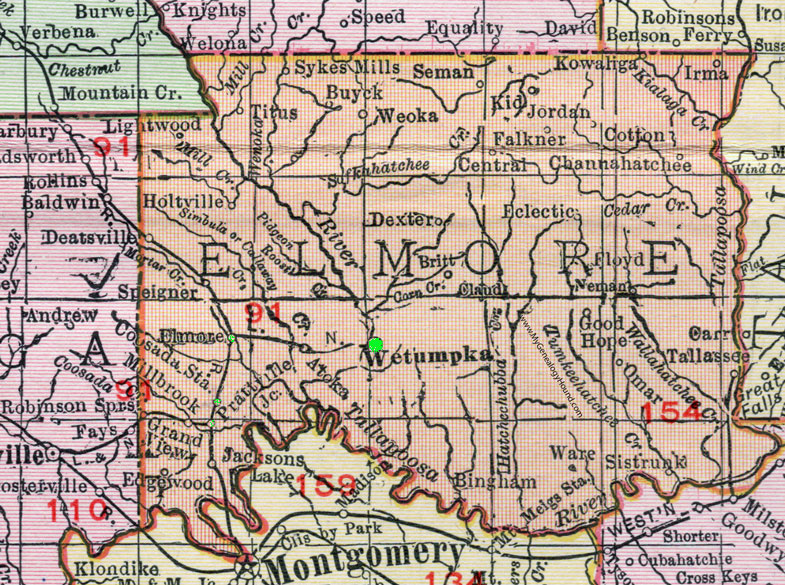
Below is some information about states rights. from the website: Law Library – American Law and Legal Information
States Rights – Further Reading
A doctrine and strategy in which the rights of the individual states are protected by the U.S. Constitution from interference by the federal government...
States’ rights were revived in the late 1940s over the matter of race. In the 1948 election, Democrat HARRY S. TRUMAN pushed for a more aggressive CIVIL RIGHTS policy. Southern opponents, known as the “Dixiecrats,” bolted the DEMOCRATIC PARTY and ran their own candidate, J. STROM THURMOND. Their “states’ rights” platform called for continued racial segregation and denounced proposals for national action on behalf of civil rights.
Desegregation efforts of the 1950s and 1960s, including the Supreme Court’s decision in BROWN V. BOARD OF EDUCATION OF TOPEKA, KANSAS, 347 U.S. 483, 74 S. Ct. 686, 98 L. Ed. 873 (1954), which ruled that racially segregated public schools were unconstitutional, also met with Southern resistance. Segregationists again argued for state sovereignty, and developed programs of massive resistance to racial INTEGRATION in public education, public facilities, housing, and access to jobs.
Other Posts about Annie Graham and Elmore County, Alabama
Mrs. Annie Graham – Obituary
S is for Possible Sibling, Annie Graham
Mershell & Annie Mae Graham Sibling Relationship Proved
Rosenwald School in Elmore County
Author Recounts Integrating School
Lee v. Elmore County Board of Education
Voting Rights Act of 1965 in Alabama
A to Z Reflections 2022
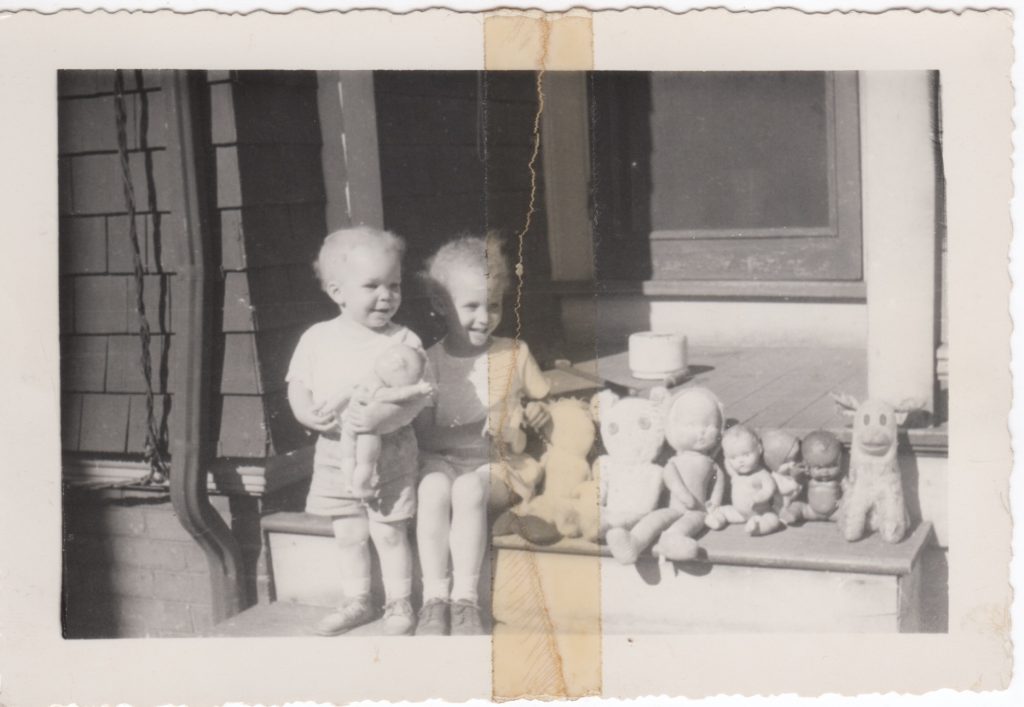
This was my 9th completed A to Z Challenge. I had all of my posts finished before April 1, except for those needing the 1950 Census. Even with those I had chosen the photographs and Little Golden Books and had the post set up so I just needed to add the census. It made for a much less stressful month! All of my A to Z posts are listed here A to Z Challenge 2022.
I also did National Poetry Writing Month, so I wrote a poem a day. They were quick poems, which I posted on my Ruff Draft poetry blog.
This gave me more time to visit and comment on other posts. I found myself reading daily and commenting regularly on the following blogs, listed alphabetically.
Anne’s Family History
Backsies Is What There Is Not
Black & White
The Curry Apple Orchard
The Dreamgirl Writes
Everyone Has a Story
Family history across the seas
Flash Mob
Jayashree Writes
lynnelives
The Multicolored Diary
The Old Shelter
My Take Doses of Wild YAM
The Pensive
Women’s Legacy Project
I’m thinking about next year’s A to Z Challenge. I plan to do it and to have the posts written up before hand. No idea what the topic will be.
In the coming year I’ll write up more family members found in the 1950 Census. So far I have my Aunt Gladys Cleage Evans, my husband James E Williams and my great aunt Annie Graham, all found and waiting.
The big project – I want to get back to work on the Edelweiss women, those that I was going to write about last year for the A to Z but didn’t. They’ve been on the back burner for the last year. So many interesting stories! I’ve got to write them up.
Z – Zoo
This is my ninth year of blogging the A to Z Challenge. Everyday I will share something about my family’s life during 1950. This was a year that the USA federal census was taken and the first one that I appear in. At the end of each post I will share a book from my childhood collection.
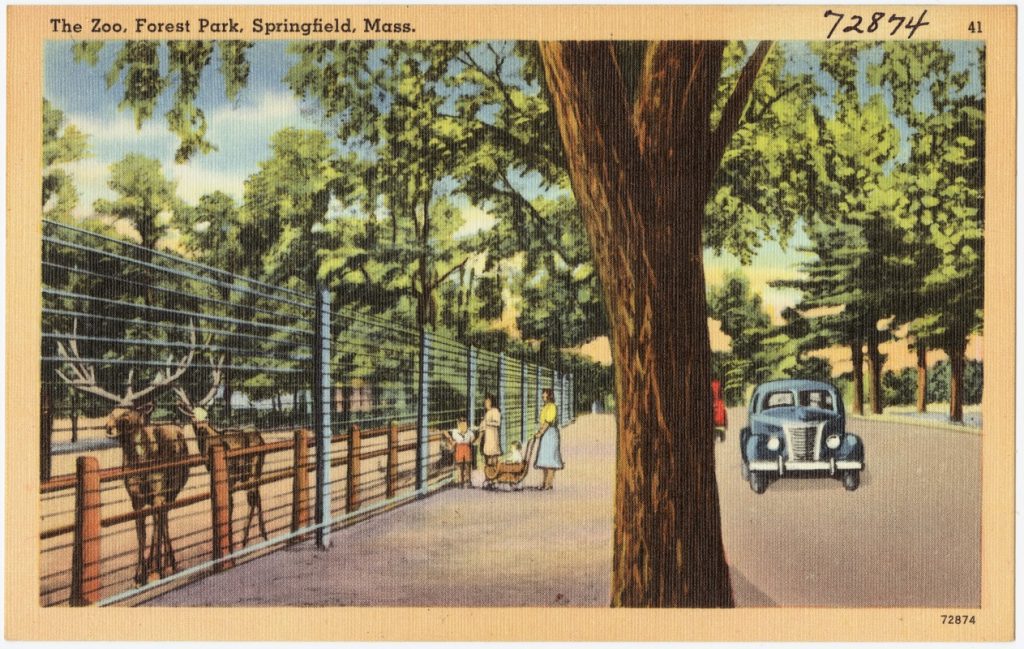
I don’t remember going to the zoo in Springfield. In fact I wasn’t sure if they had one. They do. It was founded in 1894 and is still open.
Dr. Seuss lived in Springfield as a child and his father worked at the Zoo when he was a boy. According to this post, he was inspired by spending time there to draw some of his bizarre animals.
“Located in the heart of the city’s largest park is the Forest Park Zoo. After Prohibition closed the family brewery, Ted’s (note: Ted was Dr. Seuss) father took a job as Superintendent of the Zoo. Ted’s childhood home was just a short distance from the zoo and he must have spent many an hour watching the exotic animals there since many of his zany creatures in his books bear a striking resemblance to animals he saw in Forest Park. Forest Park Zoo/Seuss in Springfield“

After we moved to Detroit we used to go to the zoo once a year with my maternal grandparents and our cousins.
Some of the pages from Good Morning/Good Night, Little Golden Book
Y – Youth & a Mop
This is my ninth year of blogging the A to Z Challenge. Everyday I will share something about my family’s life during 1950. This was a year that the USA federal census was taken and the first one that I appear in. At the end of each post I will share a book from my childhood collection.
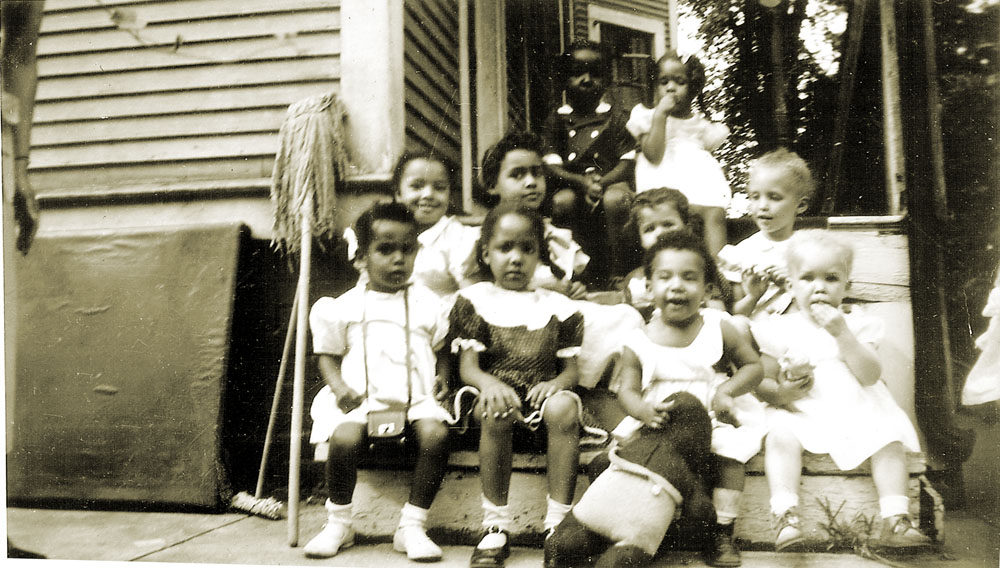
Why were we all sitting on the stairs in our dresses? I have no idea. It was during my cousin’s August visit from Detroit. Maybe it was my birthday and I had turned four.
Why didn’t the photographer notice that mop propped against the wall and move it? I understand that. I’ve taken many photos and never noticed the distracting bottles on the table.
I do recognize about half of the children. Taking the front row from left to right – unknown girl with purse, Sherrie Johnson looking mad, unknown girl with a doll, Pearl eating something. Second row: unknown smiling girl, my cousin Dee Dee looking peeved, my cousin Barbara looking worried, me saying something to Barbara “Don’t worry Barbara.” On the top step, unknown girl looking at the camera and Lynn Johnson (Sherrie’s sister), also eating something.
Mrs. Cleage Speaker
“When the St. Paul’s Youth Fellowship gathers in the parish house Sunday evening at 7, it will hear from Mrs. Albert Cleage, Jr., of Springfield on the subject “What it means to be a Negro”
Mrs. Cleage is the wife of the minister of St. John’s Congregational Church, Springfield. A graduate of Wayne University, Detroit. Mrs. Cleage has done social work for the American Red Cross in Detroit and Los Angeles”
The Springfield Union February 7, 1950
A Poem From Today’s Youth
After posting this, I found that my thirteen year old great niece Bailey Tucker, had written a poem that could have used the same title as my mother’s talk, except we don’t use “Negro” today. I am adding it to the post. I know my mother must be smiling to have her great granddaughter following in her footsteps.
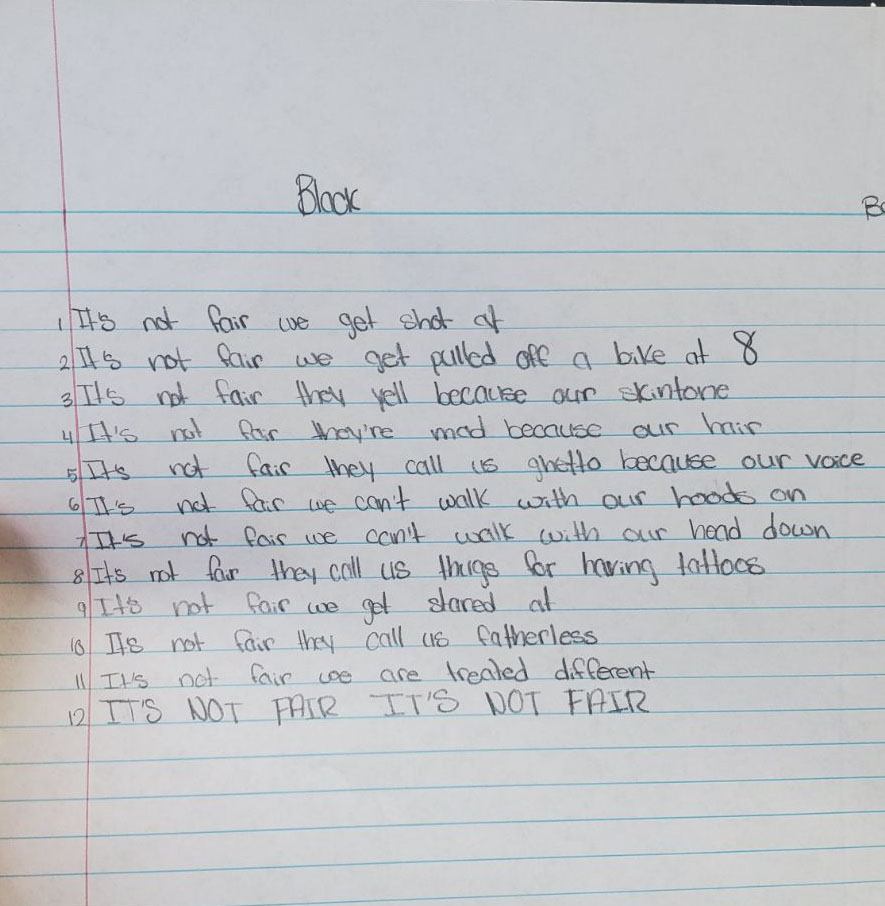
Black
It’s not fair we get shot at.
It’s not fair we get pulled off a bike at 8.
It’s not fair they yell because our skin tone.
It’s not fair they’re mad because our hair.
It’s not fair they call us ghetto because our voice.
It’s not fair we can’t walk with our hoods on.
It’s not fair we can’t walk with our head down.
It’s not fair they call us thugs for having tattoos.
It’s not fair we get stared at.
It’s not fair they call us fatherless.
It’s not fair we are treated different.
IT’S NOT FAIR IT’S NOT FAIR IT’S NOT FAIR
_________________
Unfortunately they don’t share the pictures in the book, they just read it. You can see some of the illustrations here -> Vintage Kids’ Books My Kid Loves
X – Xmas 1950
This is my ninth year of blogging the A to Z Challenge. Everyday I will share something about my family’s life during 1950. This was a year that the USA federal census was taken and the first one that I appear in. At the end of each post I will share a book from my childhood collection.
This was our last Christmas in Springfield. In the fall of 1951, we moved to Detroit. I remember the metal dollhouse I received. It was like the one in the ad below but didn’t have the garage and patio.

Pearl received this ferris wheel. A very colorful metal toy that wound up and went around. I remember that ferris wheel was around long after the dolls and the dollhouse bit the dust. Eventually it wouldn’t wind up any more, but we manually turned it.
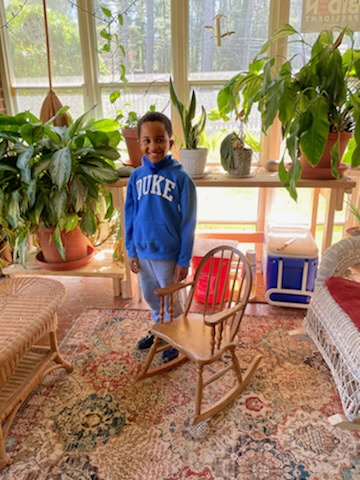
Pearl also received this musical rocking chair. She still has it. You see my grandson Matthew standing next to the chair on the left. This chair has a bad habit of flipping over if it was rocked too hard. I remember it being taken back and exchanged. The replacement chair was no better. You had to rock gently. Pearl remembers our mother disconnecting the music box after awhile.
________________
I’m also participating in the Genealogy Blog 1950s Blog Party hosted by Elizabeth Swanay O’Neal, “The Genealogy Blog Party: Back to the 1950s,” Heart of the Family™ https://www.thefamilyheart.com/genealogy-blog-party-1950s/
W – Window on My Turners
This is my ninth year of blogging the A to Z Challenge. Everyday I will share something about my family’s life during 1950. This was a year that the USA federal census was taken and the first one that I appear in. At the end of each post I will share a book from my childhood collection. Click on any image to enlarge in another window.
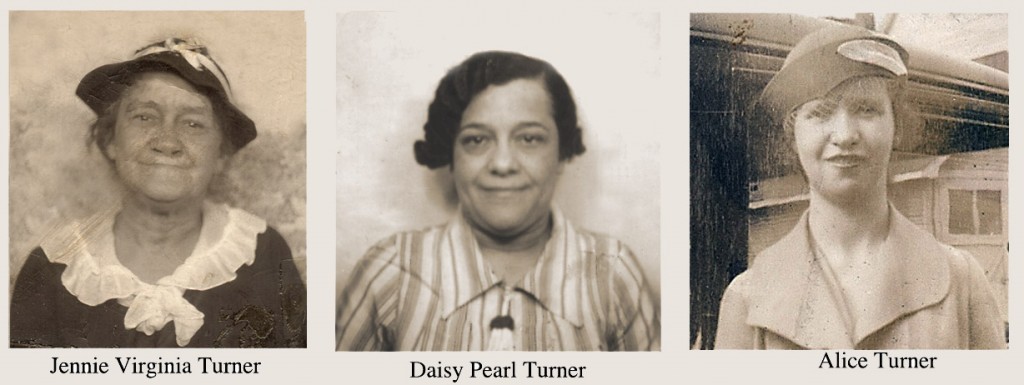
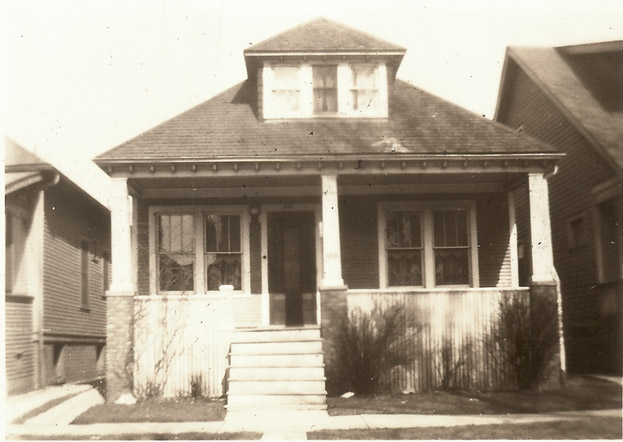
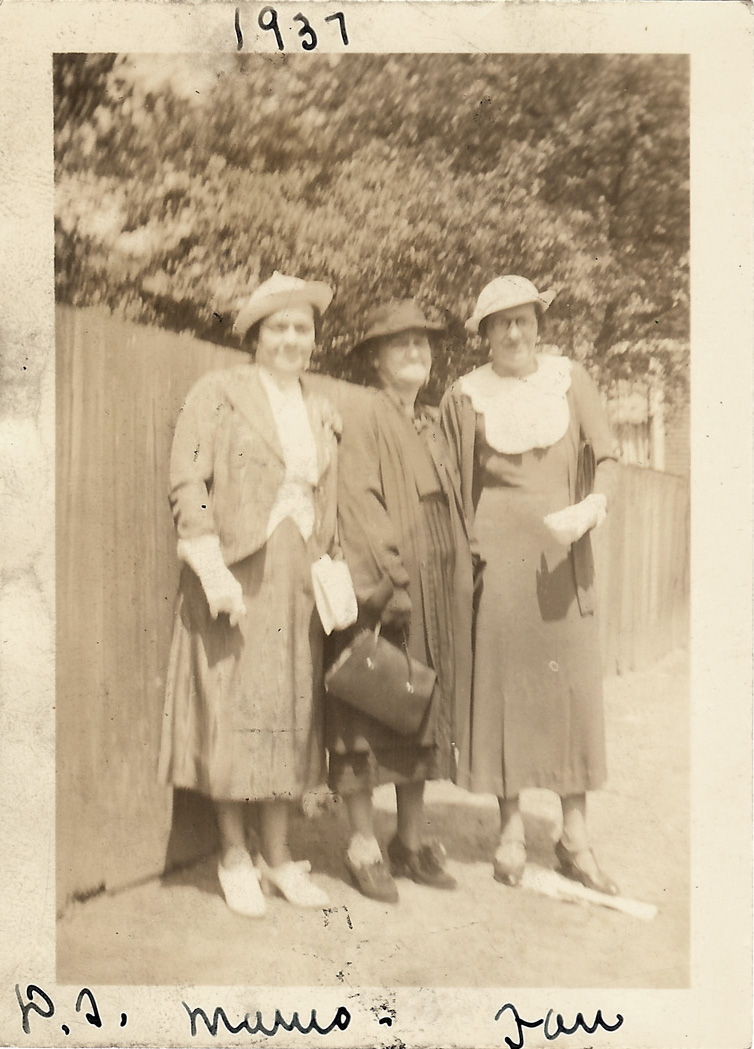
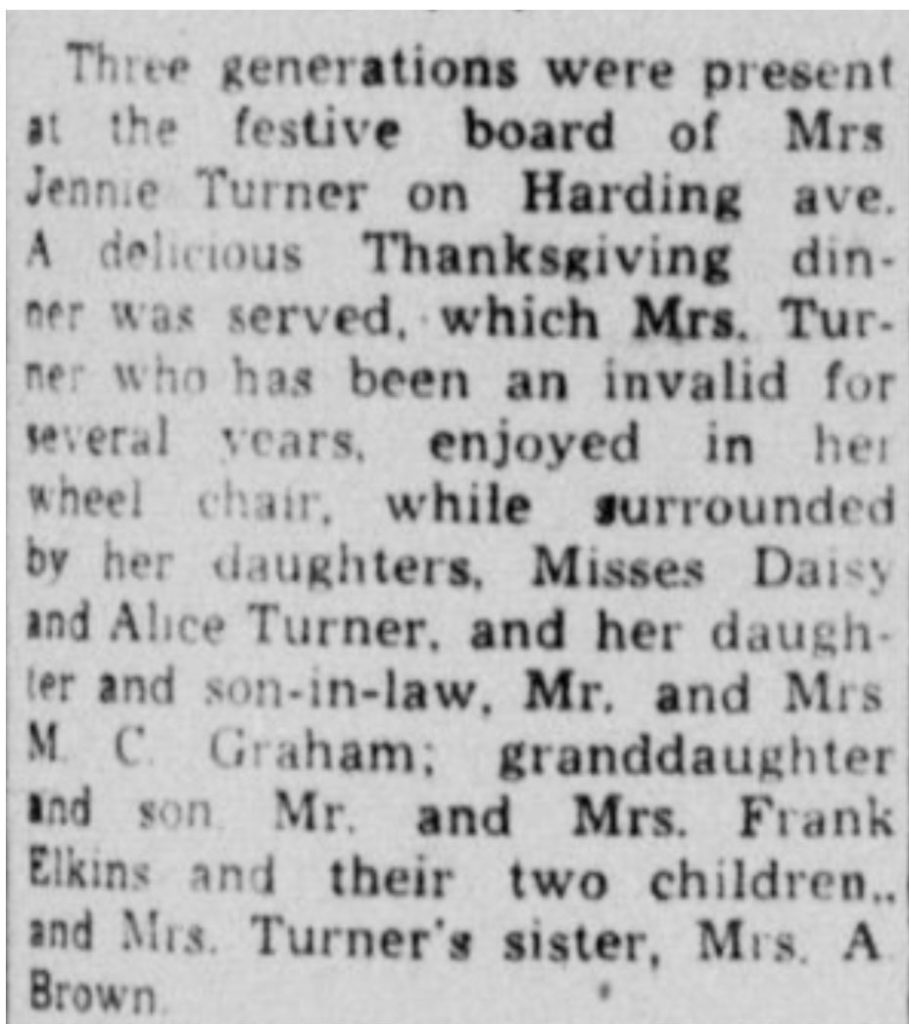
“Three generations were present at the festive board of Mrs. Jennie Turner on Harding ave. A delicious Thanksgiving dinner was served, which Mrs. Turner who has been an invalid for several years, enjoyed in her wheel chair, while surrounded by her daughters, Misses Daisy and Alice Turner, and her daughter and son-in-law, Mr. and Mrs. M. C. Graham; granddaughter and son, Mr. and Mrs. Frank Elkins, and their two children, and Mrs. Turner’s sister, Mrs. A. Brown.”
Actually Four generations were present – my great grandmother Jennie Turner and her sister Abbie (who is enumerated with her niece Fannie), her daughters (which included my grandmother), my aunt Mary V and her daughters DD and Barbara. Since my mother Doris and her family (including me) were in still living in Springfield, Mass, and missed this dinner.

Looking at the census we see that all three members of my great grandmother’s household were born in Alabama and were enumerated as Negro. They lived in an integrated neighborhood on Detroit’s east side. Neither Daisy or Alice had ever been married.
Jennie V. Turner was listed as the head of the household. She was 81 years old and unable to work. Not surprising since she was 81 years old and in a wheelchair. She was a widow and had been for decades.
Daisy P. Turner is the only member of the family working outside of the home. She was 58 years old and worked at a fur store as a layaway clerk. The fur store was Annis Furs in downtown Detroit. Daisy had worked 48 hours in the past week and 52 weeks in the past year. Obviously Annis Furs was not a union store. She filled out the extra questions so we see more information. She completed 12th grade and earned $2,300 from her job and $482 from other sources.
Alice Turner was 37 years old. She did not work outside of the home and took care of her mother and the house.
Other posts about the Turners
A link to some historic photos of Annis Furs
Daisy Turner Dead at 70 Has links to other posts about Daisy
Jennie Turner – my mother’s memories of her grandmother
Memories of Alice – 5 Family Members Remember Alice Turner
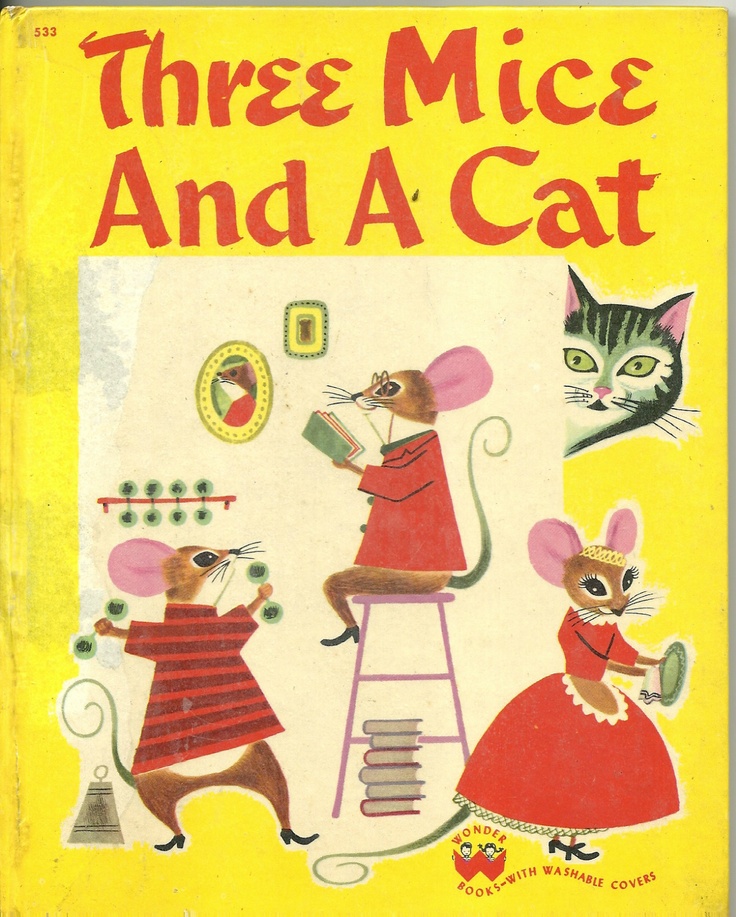
V – VISITS From Detroit

This is my ninth year of blogging the A to Z Challenge. Everyday I will share something about my family’s life during 1950. This was a year that the USA federal census was taken and the first one that I appear in. At the end of each post I will share a book from my childhood collection.
Visits from Detroit over those five years we lived in Springfield were common. During 1950 my Elkins cousins traveled to Springfield in August with their mother, Mary Vee, my mother’s sister. I think they traveled by train, as we did when we went to Detroit. I don’t remember where they slept or eating together or anything about the trip, but I have the photos to show it happened.
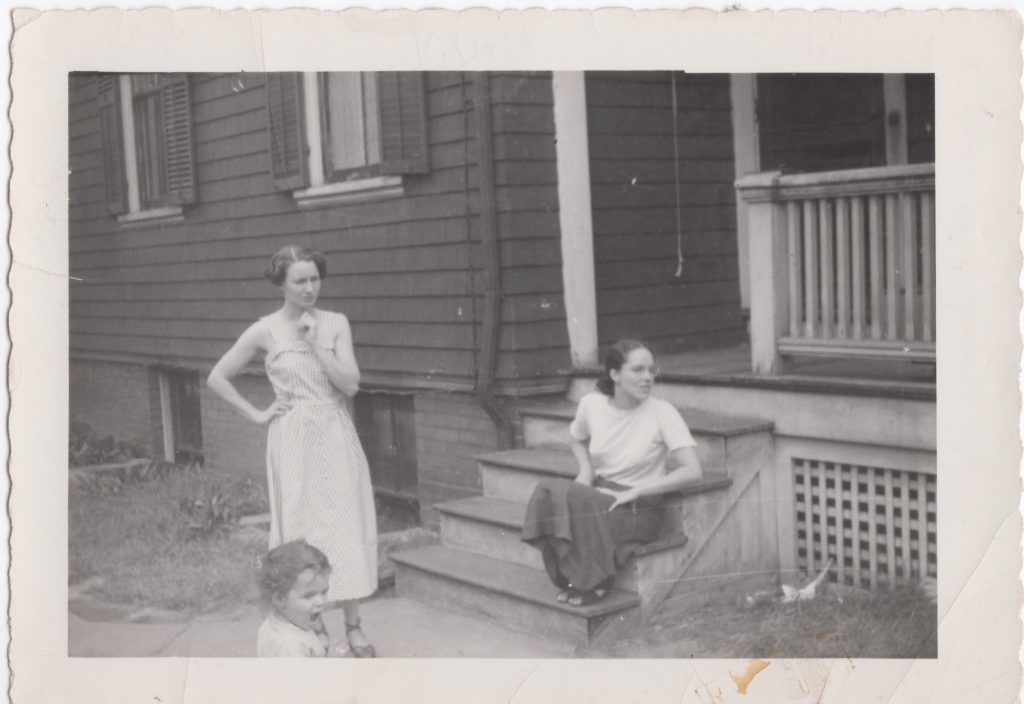
On the back of the photo (Tod is my father) “Tod caught this unaware! E-Gad! He says we look like typical mothers – so he says!” Taken in Springfield, Mass Aug. 1950
Unfortunately, these are not the same illustrations, but the same story
U -Union Street
This is my ninth year of blogging the A to Z Challenge. Everyday I will share something about my family’s life during 1950. This was a year that the USA federal census was taken and the first one that I appear in. At the end of each post I will share a book from my childhood collection.
This information is quoted from the application for Historical Designation of the St. John’s Parsonage/Parish Home for Working Girls. I can no longer find it online but have a PDF. It was accepted on June 28, 2016 and entered into the National Park Registration.
St. John’s Parsonage/Parish Home for Working Girls
“This large, 2 story, domestic building resembles the many two-family houses that characterize the neighborhood, but it was consciously designed to house the pastor as well as board working girls and women

” Planned with 26 rooms, all accessible off of central halls on four levels with staircases front and rear, the first floor contained the pastor’s living quarters, a parlor for boarders, and church offices. A guest chamber, thirteen dormitory rooms, and lavatories were arranged on the second floor and in the attic . Bath facilities were provided on each floor. The basement contained a kitchen, dining room, sewing room, and laundry. “
“Windows in the front bay are part of a reception room on the first floor, and a boarder’s room on the second. Three vertically aligned windows in the next bay indicate the location of the front stairs leading from the first story to the attic. A large, one-story bay window is contained in the pastor’s office behind the stairs. Rooms in the pastor’s residence are represented by windows on the first story, as well as in a one-story wing appended to the southeast corner of the building. Second-story and attic windows were for boarders’ rooms. The rear stairs are contained in a second extension in the center of the rear wall. A porch formerly spanned the remaining section of the rear wall at the southwest corner of the house, where a doorway exited the pastor’s kitchen.”
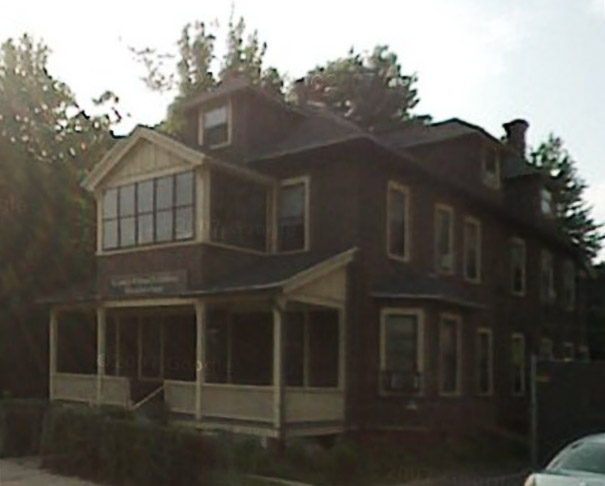
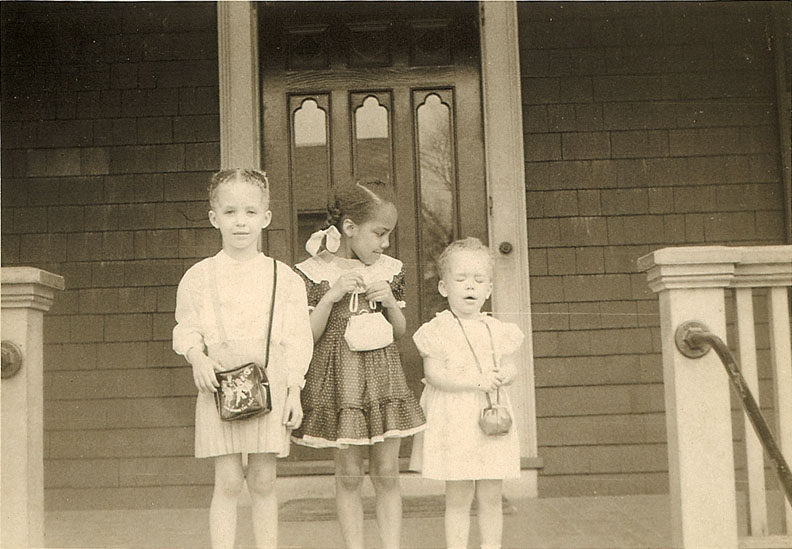
The only book I had in those days with a main character who wasn’t white or an animal. In fact, there were not even any minor characters of color. And she preferred her own little homemade black doll to the fancy doll the sailor gave her.
******
T – The Thief of Baghdad & A Waltz

This is my ninth year of blogging the A to Z Challenge. Everyday I will share something about my family’s life during 1950. This was a year that the USA federal census was taken and the first one that I appear in. At the end of each post I will share a book from my childhood collection.
I remember wandering into the movie below one afternoon when I was three or four. We lived in St. John’s Congregational Church parsonage/community house in Springfield, Massachusetts where my father was pastor. I woke up from my nap and going down the hall to a big room where the movie was being shown. There I saw a larger then life, green genie coming horrifyingly out of a bottle. For years I could not remember the title of the film. After watching some youtube clips, I can see it had to be “The Thief of Bagdad“. It was released in 1940 and by 1950 it would have been available for showing in darkened rooms full of folding chairs to church groups. I did not stick around after the Genie started coming out of the bottle.
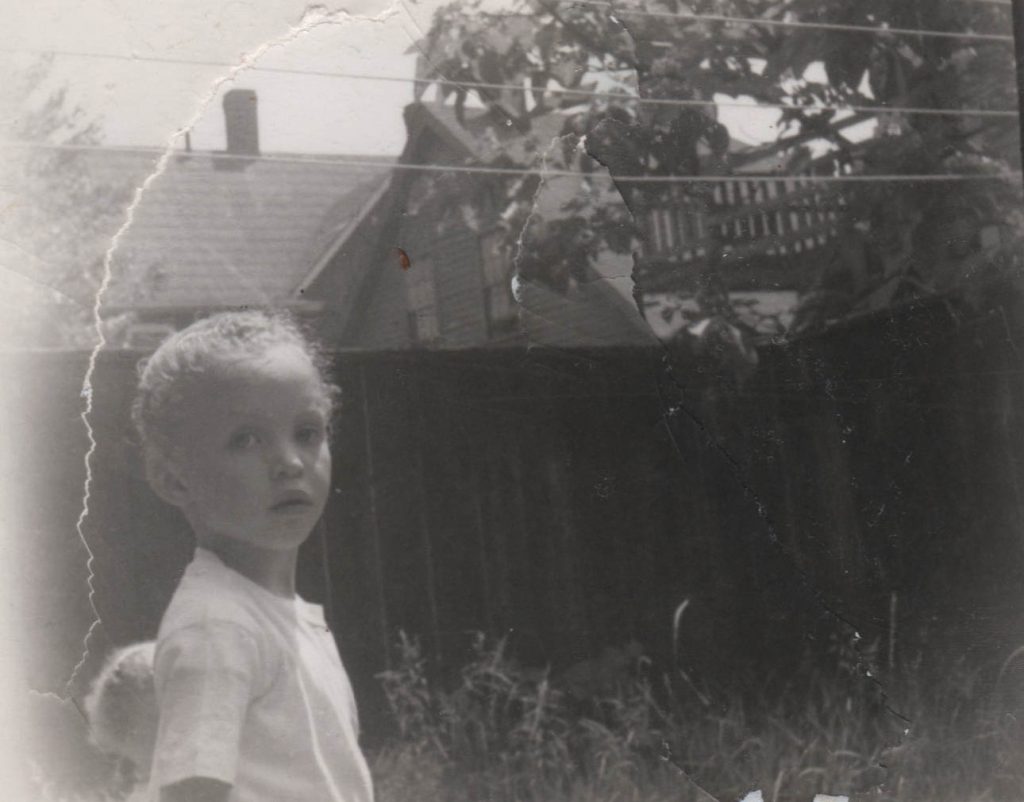
One of the few songs I remember from those years.
